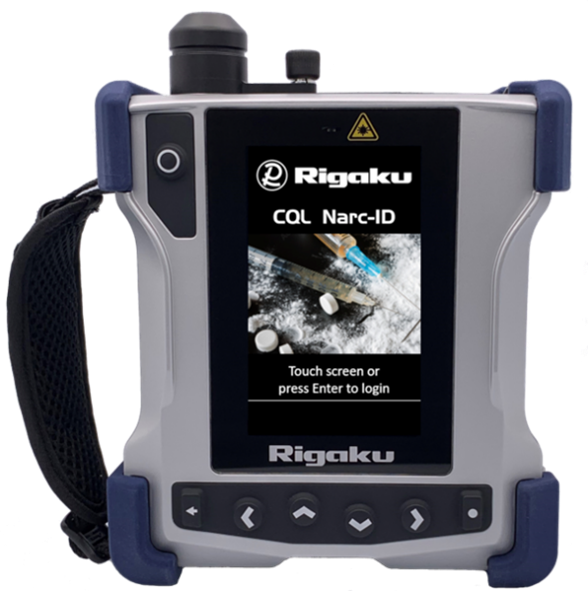PRESUMPTIVE FIELD TESTING FOR NARCOTICS, EXPLOSIVES & CHEMICAL WARFARE AGENTS
Raman spectroscopy is a well-established technique widely used in the pharmaceutical, chemical and safety & security areas. In safety & security environments, the use of portable Raman instruments have revolutionized the presumptive testing of narcotics and explosives. Overall, the use of portable Raman instruments has resulted in faster response times for on-site narcotics and explosives detection by first responders - helping them resolve potential hazardous situations rapidly and safely. Further, the Scientific Working Group for the Analysis of Seized Drugs (SWGDRUG) recognizes Raman instruments as an analytical technique with the highest potential discriminating ability for the detection and identification of narcotics (Class A analytical technique).1
Traditional testing techniques for illegal and illicit materials tended to be time consuming, with samples required to be sent to analytical laboratories. Results typically could take days to months with the resultant time to conviction being placed on hold to await the lab results. Additionally laboratory analysis requires the use of trained personnel, costly analytical instruments and expensive consumables and chemicals.
The advent of on-site chemical kits attempted to address the backlog and slow time of analysis by taking some of the chemical testing to the field. However, the chemical kits themselves tend to be not specific enough and suffer from high false positive rates which place an additional burden on the judiciary process. Further, colorimetric testing requires a confirmatory testing in the analytical laboratory (as Class C designation of analytical techniques from SWGDRUG), again placing a time burden on the results due to the high false positive rate. Additionally, all these tests are destructive testing methods which pose potential hazardous sampling issues for users, and are subject to user interpretation.
With the advent of portable field instruments many of these issues of time, cost and hazardous exposure to chemicals are significantly decreased. In particular, the Rigaku Progeny® ResQ® FLX provides rapid, onsite identification of narcotics, explosives and chemical warfare agents. Testing can be done directly through clear or colored packing materials, giving results usually within 30 seconds. The Progeny ResQ FLX includes an 800+ library specific to narcotics, explosives and chemical warfare agents and additionally has an optional 12,000+ library of common excipients, cutting agents and pharmaceutical materials. Because Progeny ResQ FLX uses the next generation 1064 nm laser vs. older 785 nm laser technology, fluorescence issues caused by analyzing colored material or through colored containers is significantly reduced which virtually eliminates this interference while still providing results in seconds.
Designed for the non-scientist with results that are easy to interpret, Progeny ResQ FLX provides full capabilities for the scientist as well. This enables the first responder to respond quickly and confidently.
The rapid response time, easy operation, ability to scan through glass and plastic as well as the ability to scan and identify colored materials demonstrates how the Progeny ResQ FLX portable Raman analyzer is a highly effective instrument for the presumptive testing of most narcotics that first responders may encounter.
RECOMMENDED PRODUCT
CQL Narc-ID HANDHELD 1064 nm RAMAN


